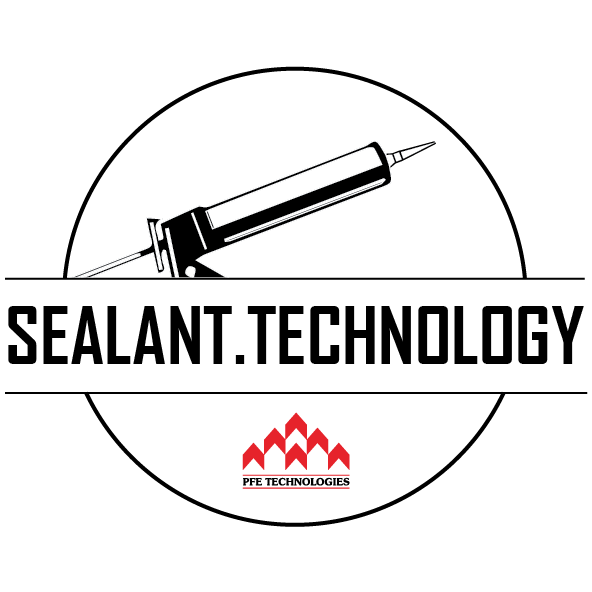UV Resistance in Sealants
Which sealants have the most UV resistance? Why is UV resistance important? What exactly is UV?
Let’s start with the basics. UV is short form of Ultraviolet. Light has UV rays, especially sunlight. UV resistance means the capability not to degrade or alter in the presence of UV.
This is important especially in outdoor applications, since most sealants are exposed and will face UV for most of its working life.
It may not be equally important indoors, but never understate the amount of UV an indoor sealant will face. It may be substantial.
The Damaging Effects of UV
UV has the ability to break down many things. Ever noticed a faded label or picture left out in the sun? Or even certain degradable plastic bags getting split apart? These are all the effects of UV.
Sealants are the same, and most have to be engineered for outdoor usage by resisting sunlight.
Despite this, some sealants will still be damaged and affected by UV after some time. This can range from weeks to years.
Sealant Types and UV Resistance
Here’s a brief breakdown of the sealant types and their resistance to UV.
High quality silicone sealants
Very good resistance. Almost no effect even after many years.
Poor quality silicone sealants
Normal resistance. Additives mixed into silicone polymers (to make it cheaper) will degrade in the presence of sunlight. Sealant will start getting chalky and rigid after a few months, and lose adhesion, making it very easy to peel off. Clear silicones will start turning more and more translucent and yellowish. White silicones may turn yellow.
Acrylic sealants
Good resistance. Can last years with minimal negative effects. However, poorer acrylic sealants with high water content or poor formulations (with added calcium carbonate to make it cheaper) may start cracking. This may not necessarily be an effect of UV – just heat ageing. They are somewhat correlated.
Hybrid polymer sealants (Soudal SMX hybrid polymer)
Very good resistance. Almost no change to integrity of sealant over many years. Minimal effect on adhesion.
PU sealants
Poor resistance, universally. Even high quality PU sealants will degrade in the presence of UV over time, as polyurethane as a chemical is susceptible to UV. Sealant will start to crack over a few months to years.
Conclusion
It may come as a surprise that PU sealants have poor resistance to UV, given their prevalence of use in exterior joints and expansion joints. Back then, it was more a necessity as PU sealants have better adhesion to exterior elements such as concrete, but in these days, hybrid polymers are widely available at cost-effective prices, which should replace PU sealants for such applications. However, traditional thinking has inertia, and change has been slow. Maybe more importantly is the price difference between PU and hybrid polymers – many companies and contractors are only interested in keeping a sealant in good shape for the first year, and so they always pick the cheaper choice.


Leave a Reply
Want to join the discussion?Feel free to contribute!